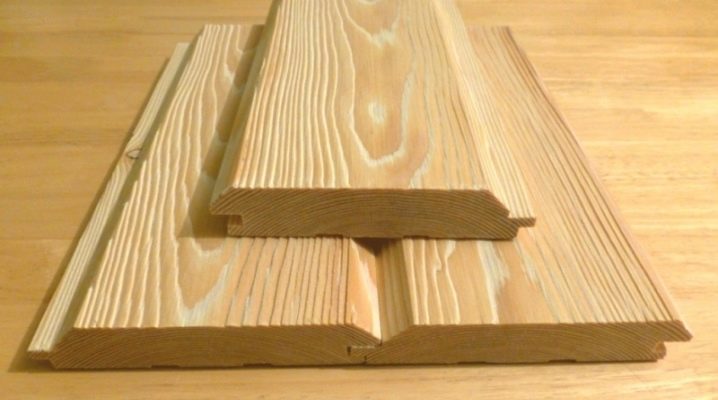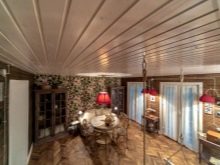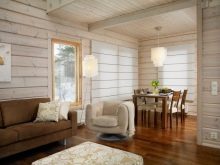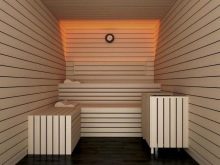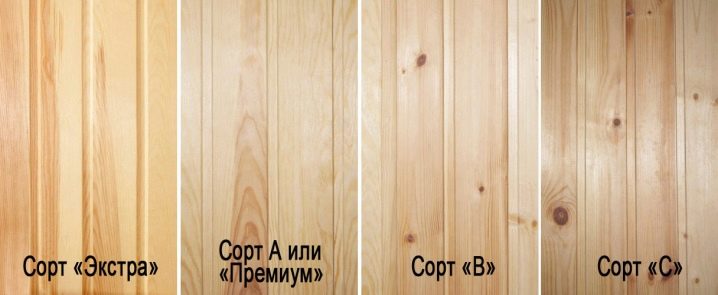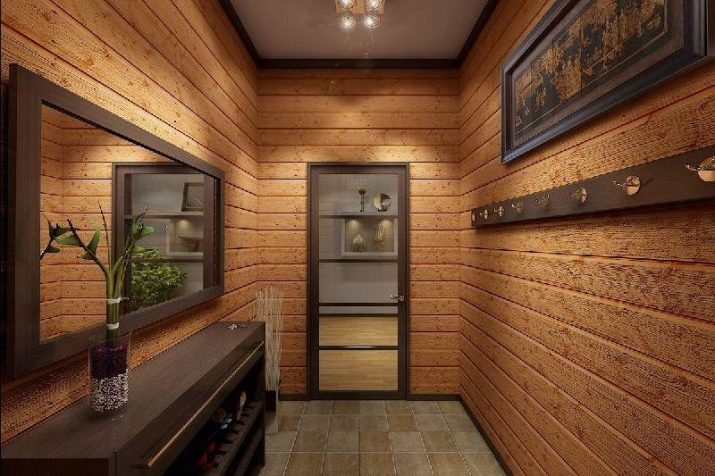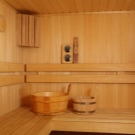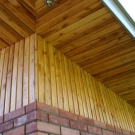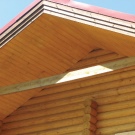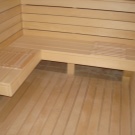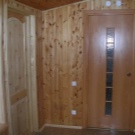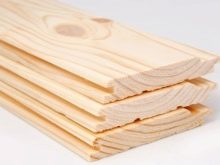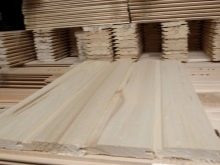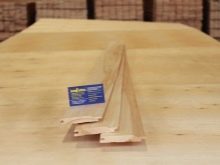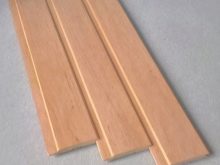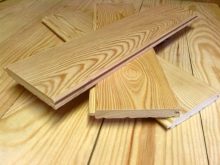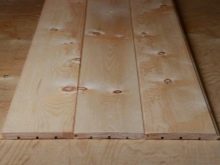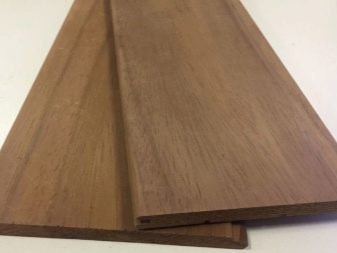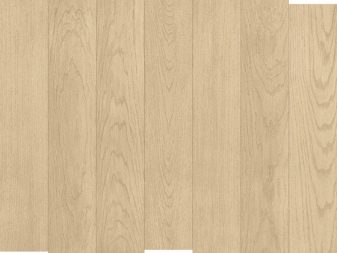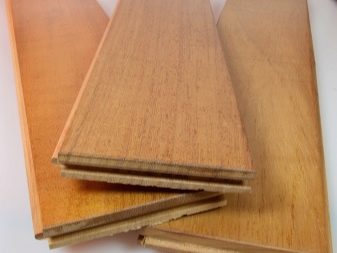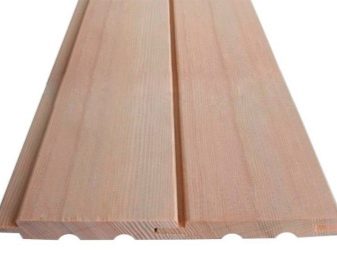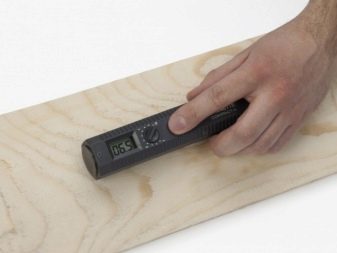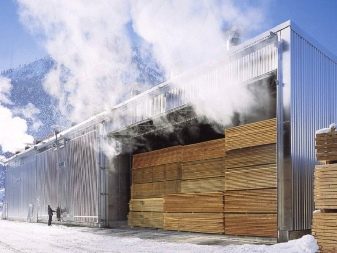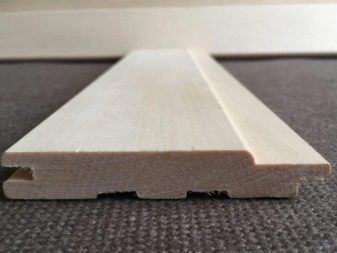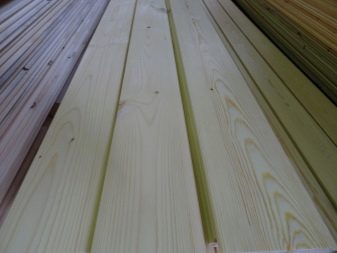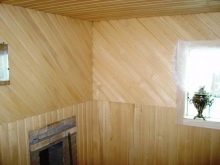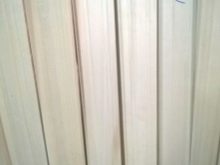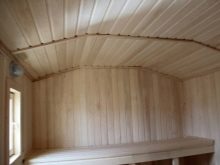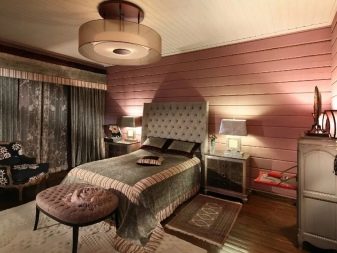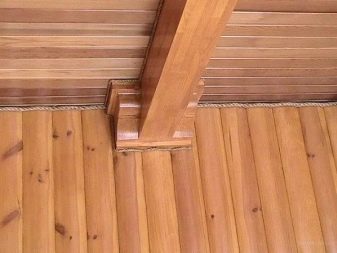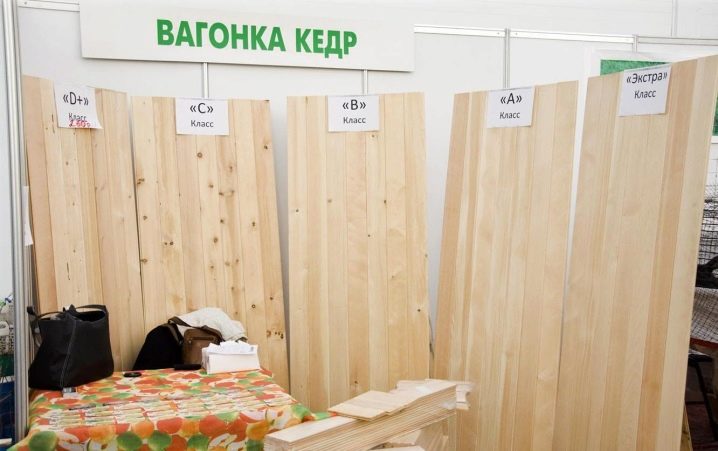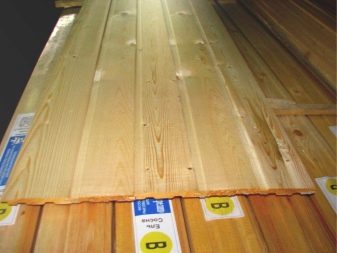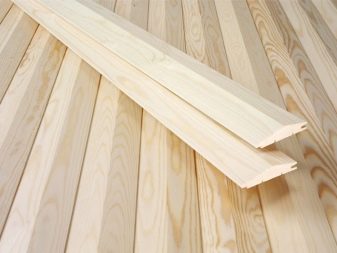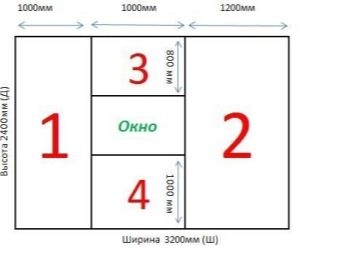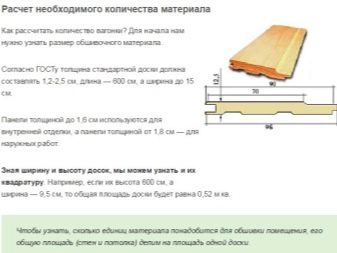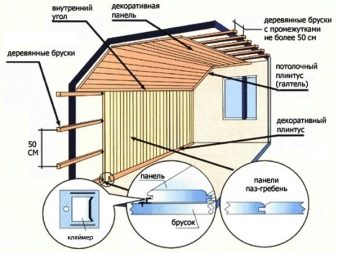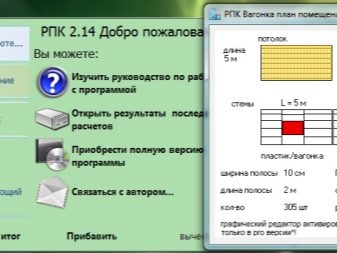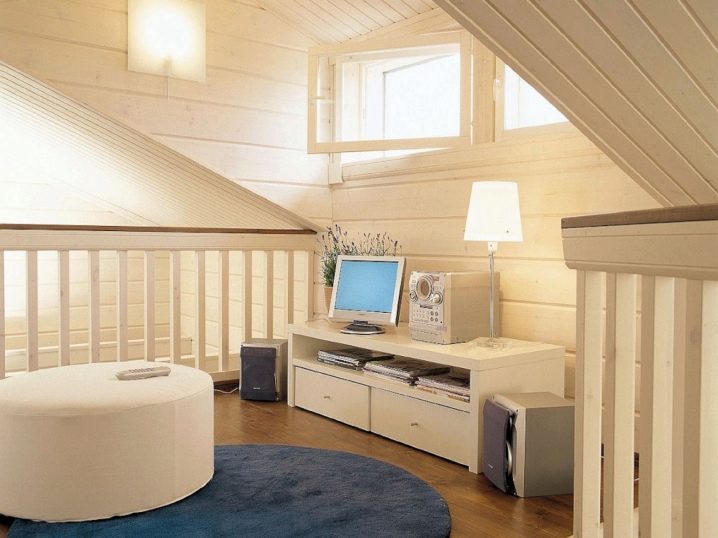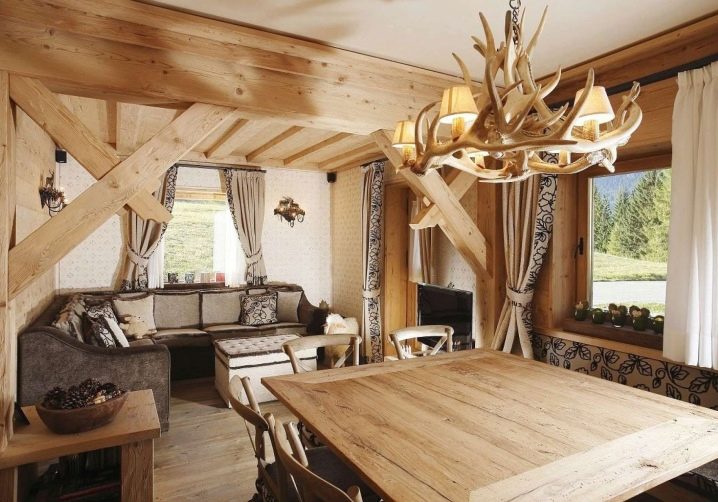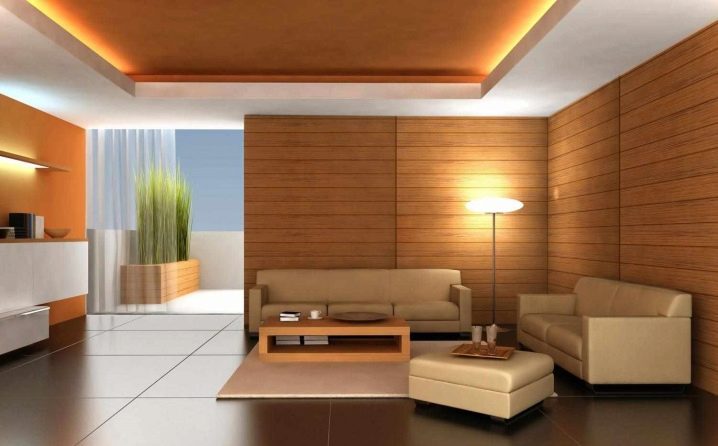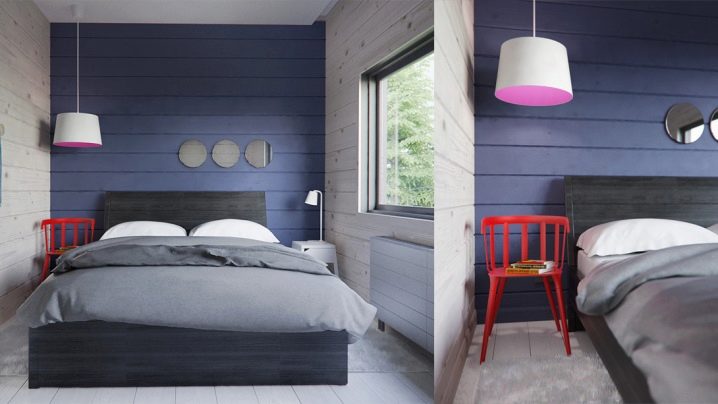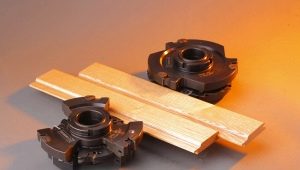Standard sizes of lining
Lining is a thin cut of natural wood. Installation of panels is simple, and the surface is beautiful. The standard thickness of these products varies from 12 to 20 mm. It is enough these values that the board did not break or was not sold through at installation. Another size is important when calculating the required volumes. Many are interested in the question of whether there are standard sizes of lining. It is worth exploring the features of various types in more detail.
Special features
The basic dimensions of wood bases are regulated by standardization, corresponding to GOST 8242-88 for specialized parts made of wood for construction and 8486-86 for sawn softwood. There is also a European parameter for industry - DIN 68126/86. Strict regulations on the length of the lining does not exist. Products are on sale from 2 to 6 meters. Buyers purchase goods that are more convenient to transport.The width is also no strict parameters, so it varies from 13 to 120 mm.
The standard allows the deviation of the size range of not more than 1 mm, and the deviation from straightness is not more than 3 mm per 1 linear meter of length.
For the main features of the lining taken its length and width. These indicators are taken as a guide when calculating the quantity of products. Regardless of the dimensions, laying of any boards is carried out according to the identical principle. For the consumer it is convenient. Since, for example, if it is necessary to replace or repair it is not difficult to find a similar part of the desired size and with an identical method of fixation.
To avoid any difficulties during installation, it is important to study the instructions supplied for a specific type of product. Usually it is in the package with the goods. Differences may be present if the wall paneling is of European or domestic production. The differences are just in the typical sizes of the varieties. Domestic lining of the first, second or third grade does not correspond to the standard dimensions of products of European production of class A, B, C. Coincidence in size can only be in products of the class "elite".However, there is a difference here, since products of European manufacture are usually more expensive in value.
By the way, the cost of lining is very dependent on the size. If we consider the length, then, as a rule, short boards are cheaper. Long boards are more expensive, since blanks are usually needed for filing roof overhangs and should not contain dead knots. If at the stage of processing in the long board there are dead knots, then they are cut and receive products of the same harvested variety, but shorter. If the dead bitches remain, they will fall out of finished products at any time, resulting in a marriage in the decoration.
Experts also distinguish live bitches. They will not fall out when using the board, so in some varietal categories they are allowed to leave. Lining with living knots suitable for interior walls. Inexpensive varieties are usually used for baths, hallways, other similar premises, where no particularly refined finishing is required. With proper processing, the lining of exquisite varieties can turn into a designer decor, so it is worth considering varietal types in more detail.
Kinds
In the manufacture of wood lining used various types of wood.
To the traditional species belong the following:
- pine;
- aspen;
- lime;
- alder;
- leafy;
- cedar.
Among the exotic species are the following:
- abashi;
- Ivory
- iroko;
- hemlock
If you take a separate type of pine clapboard, then its technical parameters and classification will differ significantly even from one type of product. Differences in humidity, type and class of boards matter for their value. Everyone chooses those materials that will best meet the objectives. For example, the humidity level is an essential technical parameter, the indicators of which differ due to the fact that the wall paneling is of natural humidity, it is also called raw. And also the material is processed in special dryers.
Processing in special dryers is carried out under strict rules, as the quality of products depends on it. The percentage of water in the treated lining is small or completely absent. By the way, if you choose pine clapboard, then it is worth bearing in mind that the natural percentage of humidity in these products is low.If the panel is dried, it will be a little easier, but at a cost more. This is due to the fact that wet pine is difficult to dressing.
Humidity affects the grade, for example, standard lining is a planed board, which is made from undried wood. The cost of this variety is democratic, so it is very common. However, the material is not used as a finish, but as a technical tool, for example, to form a frame. The thickness of the products for these purposes is the most suitable - 15 mm. Pine lining has the western standard DIN 68126, differs from the domestic castle locking system. More products have special grooves from the inside, which contribute to the removal of moisture. Humidity products - 12-16 percent, and the thickness of the panels - 16 mm.
The calm version is an ogregannuyu board, dried, with chamfers on the longitudinal side. There are no grooves in the products, but they are usually wider than the European versions, since they have dimensions of 145 mm. Standard European calm is sold with a width of 90 mm. Wide panels reduce assembly time, however, the installation of parts is considered difficult.To facilitate the task it is best to mount them horizontally.
Aspen paneling is durable, tough, usually light. In this case, the original color of the material does not change with the time of operation, as well as from external factors. In comparison with other products, aspen variants are more expensive, which is explained by the fact that the knot-free wood used for the manufacture of the material is very small. The starting material is of extreme value, the natural humidity of aspen is high. Often, when drying products, this factor is not taken into account, which leads to warping, cracking and changes in the geometry of the forms.
However, aspen as a finishing material is good, as it is easy to process. Due to the high humidity, the products have good moisture resistance. By many characteristics, the products are close to fake.
However, the performance indicators are the best in aspen. Fastening of aspen clapboard is allowed vertical or diagonal.
Alder wall paneling is inexpensive and looks beautiful. She necessarily undergoes the drying procedure. After processing, the final moisture content is about 12%. Often, during operation, this type of product warps and cracks.To finish with time remained beautiful, initially it is worth choosing options with a wide tongue.
This will prevent the formation of cracks in shrinkage. The thickness of the products is about 12.5 mm, and the width varies and significantly - from 60 to 160 mm. Any of the options can be used for decoration. Alder paneling experts advise to choose wide. And, in general, aspen paneling is good for finishing steam rooms and washing baths, as it does not absorb moisture at all.
Cedar wall paneling, like other types, is processed in drying chambers. This option is considered to be durable, therefore it is often used as exterior cladding at home. Like any coniferous lining, this type is very expensive, therefore, for its intended purpose is used very rarely. Exotic wood clapboard is rarely found on the market. At cost, these products are expensive, cheap to buy it is unlikely to succeed. Characteristics of exotic wood are similar to the usual breeds, so when choosing it is worth considering and calculate the benefits more precisely from such an acquisition.
In the calculations will help knowledge of the exact dimensions of the varieties of lining.
Dimensions
It is more convenient to present the prices, as well as the dimensions of the thickness, width of the standard of the Angarsk pine and spruce table:
Pine | Aspen | Leafy | Alder | Lime tree | Cedar | |
Thickness | 12.5 mm | 12.5 mm | 16 mm | 12.5 mm | 12.5 mm | 12.5 mm |
Width | from 50 to 108 mm | 88 mm | 88 mm | from 76 to 200 mm | from 80 to 125 mm | from 88 to 140 mm |
Length | from 0.5 to 3 m | from 1 to 3 m | from 1 to 3 m | from 0.2 to 6 m | from 1 to 6 m | from 2 to 4 m |
Price | from 270 to 710 rubles per pack (10 pcs.) | from 390 to 750 rubles per pack (10 pcs.) | from 400 to 800 rubles per pack (10 pcs.) | from 420 to 900 rubles per pack (10 pcs.) | from 650 to 1000 rubles per pack (10 pcs.) | from 780 to 1000 rubles per pack (10 pcs.) |
The cost varies depending on the size, as well as the grade of products.
For example, variants of the same species, but related to extraclass, usually differ in price by an average of 8–10%. Lining, quality lower grades B or C, will be cheaper in comparison with the extra or A class. The cost affects the length of products. For example, the lining of the minimum length of each type is about 50% cheaper in terms of the cost of products of maximum length, but also the working width of the board is usually less. The table below takes into account the operating parameters. Manufacturers more often indicate a measured width, which is about 96–98 mm.Measured values are not suitable for calculating the amount of finishing material.
Tips and tricks
Calculation of the number of lining should begin, knowing the length, width, height of the room, which will carry out the finish. The product of width and height will give square meters of the trimmed area. This rule is valid if the trimmed area of the useful area of the correct form. If this is not the case, you will have to calculate the parameters of individual sections, and then summarize the indicators. To calculate the number of lining, you need to multiply the parameters of indicators that relate to the room with the parameters of the thickness of the lining. If you need to figure out how many pieces of panels in one cube, you have to multiply the length, width and thickness of the selected products. It is desirable to increase the obtained values by 10–15%, since the use of cladding parts is impossible without residues. The increased result is useful for unforeseen situations.
For example, it is known that the length, width and thickness of a single pine panel is equal to the following values: 125x50x2000 = 12,500,000. This value is in millimeters, and cubic meters are needed, so you need to translate: 0.125x0.050x2 = 0.0125 m³.To calculate the number of boards in a cube, you need to divide 1 by the value obtained: 1 / 0.0125 = 80. It turns out 80 whole panel lining. If the calculation is a fractional number, it should be increased to the nearest integer value.
To calculate the number of square meters in a cube, one should take into account the area of one blank. To do this, multiply the known parameters of the section: 0.125x2 = 0.25 m². It is known that 80 cubes are in a cube, which means 0.25x80 = 20 m² in one cube. To find out how much material will be needed for covering the room, for example, 5x5 meters, its total area should be divided by the area of one panel. It turns out that for the described example you need 5x5 = 25 / 0.25 = 100. For a room of 25 m², you need 100 pieces of pine clapboard of standard size. If we take into account the price for a package of 10 pieces from 270 to 710 rubles, then spending on the entire volume of the material will be from 2700 to 7100 rubles.
It is also necessary to take into account the waste for additional elements, for example, corners, baseboards, etc. Decoration of the room will be quite economical, but nevertheless beautiful and durable.
Beautiful examples
- Wooden lining looks organically in conjunction with other materials and finishes, as well as household items.
- Modern designers successfully use the wall paneling in various styles.Usually used material of natural colors.
- Modern styles can also include elements of decor clapboard. The paneling in this example plays the role of an ideal background for bright accessories.
- A good example of the design looks like the following example - lining perfectly harmonizes with decorative stone and refined ceramics.
For more useful information about the size of the wall panel, see below.
